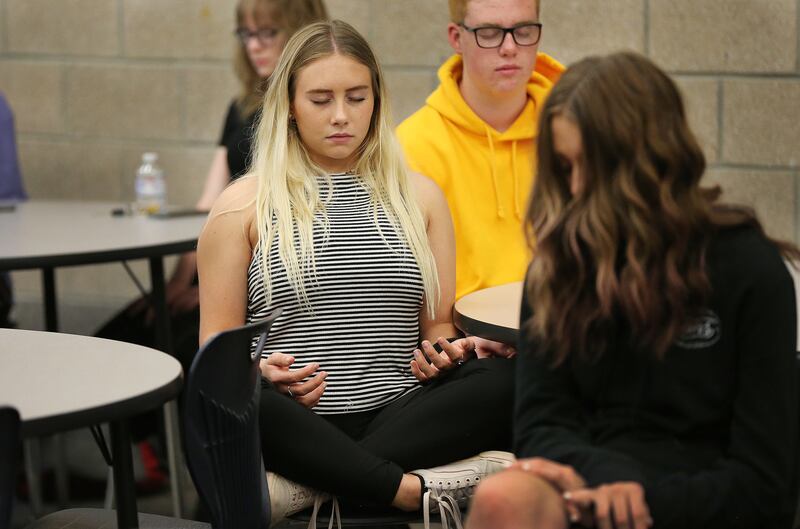The idea is compelling, but counter-intuitive: Doing nothing is, perhaps, the most productive way we could spend our time. In a globalized world so bent on maximization and efficiency, people should take the emerging science on the value of idleness seriously — using it both personally and in structural reform to create healthier societies.
That may sound like a contradiction to old, tried-and-true wisdom about the value of work, but it’s not. This isn’t a defense of laziness or slothfulness. It’s about regularly taking time out from a noisy, cluttered world to enjoy peace, pondering and playfulness. Your health, mentally, physically and spiritually, may depend on it.
Across cultures and contexts, a consensus is emerging. Overwork, and an over-emphasis on maximizing productivity, is correlated with dangerous health effects. Japan has coined a new word to describe the phenomenon of “death by overwork;” The Deseret News has taken a deep dive into the rise of anxiety disorders among overextended teens; and researchers in Ohio have shown how increased working hours result in heart disease and cancer among women.
Yet tech giants such as Elon Musk continue to insist “nobody ever changed the world on 40 hours a week.” This statement has received the expected backlash, with many citing recent research that has attempted to quantify the health and labor productivity effects of shorter working hours. In 2008, researchers from Brigham Young University revealed that the majority of workers sampled preferred a four-day workweek, citing benefits to their wellbeing and contributions at work. Other studies have shown an increase in worker productivity and even cardiac benefits resulting from reduced working hours.
Reaching the proper balance can be tricky. Other studies contest these claims (Utah enacted a mandatory four-day workweek for all state employees as a result of the BYU study but later returned to a full work week in 2011, arguing the benefits were never proven). And with spare time, as with everything else, what you make of it determines its value. Perhaps the answer lies not in the number of hours worked but instead in the quality of time spent cultivating creativity and presence.
A recent piece in The New York Times challenges readers to prioritize idle time. Going beyond the demonstrated health benefits of mindfulness, a form of idleness defined as carving out time in the day to do nothing at all has been shown to increase creativity by facilitating daydreaming.
Productivity experts say this can enable flourishing in both professional and personal lives. Specifically, they advocate five key steps to unlock creative idleness. Intentionally making time for doing nothing, resisting the culture of busyness, managing expectations (not all idleness is necessarily productive — if you are drowsy, your imaginative capacities are diminished), reorganizing your environment to find a place free of distractions and thinking outside the box to use creativity enabling tools (kinetic sand, Baoding balls or marble runs) can help with the process.
People should collectively reimagine how they work if they are going to shift the structures of production itself — perhaps the right kind of idleness, as opposed to laziness, would help people creatively realize a better, healthier future for work. It also would increase spirituality and an appreciation for the beauty of the world.
The world demands enough attention these days, and often not for things that deserve it. Peaceful pondering and playful creativity deserve a fair share of your time, as well.

